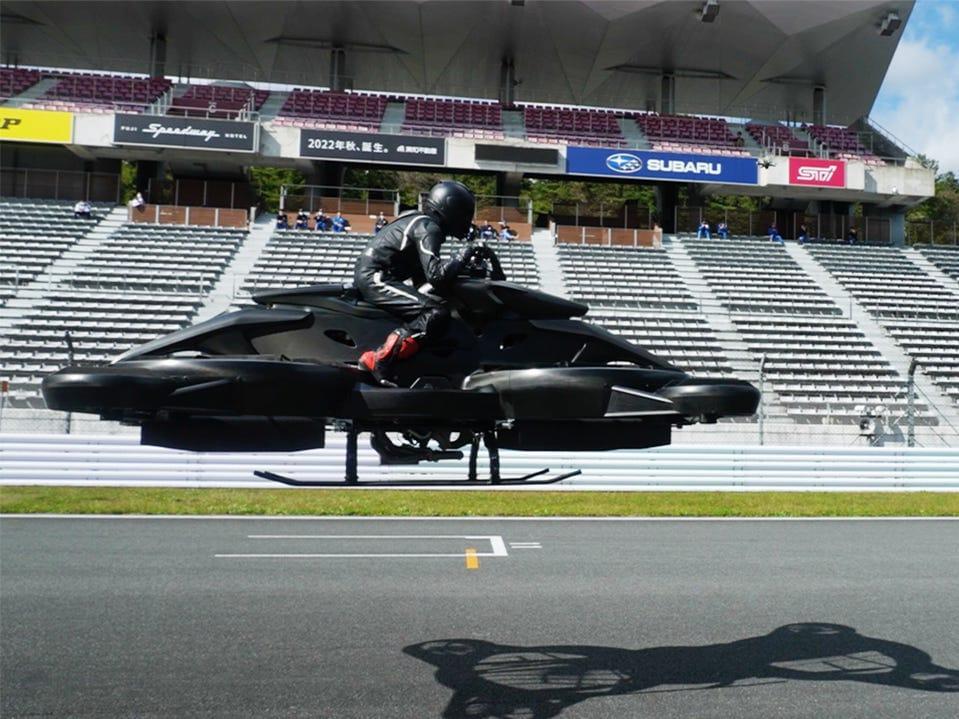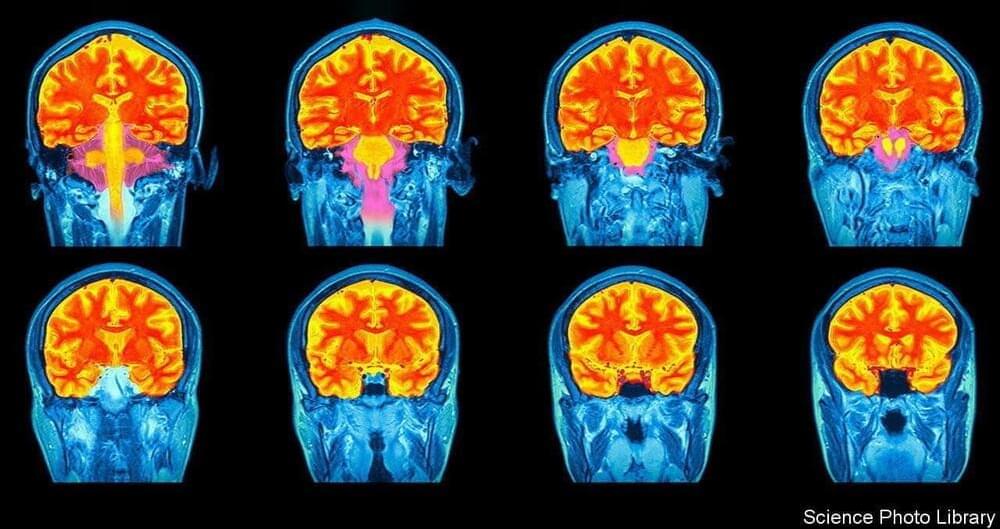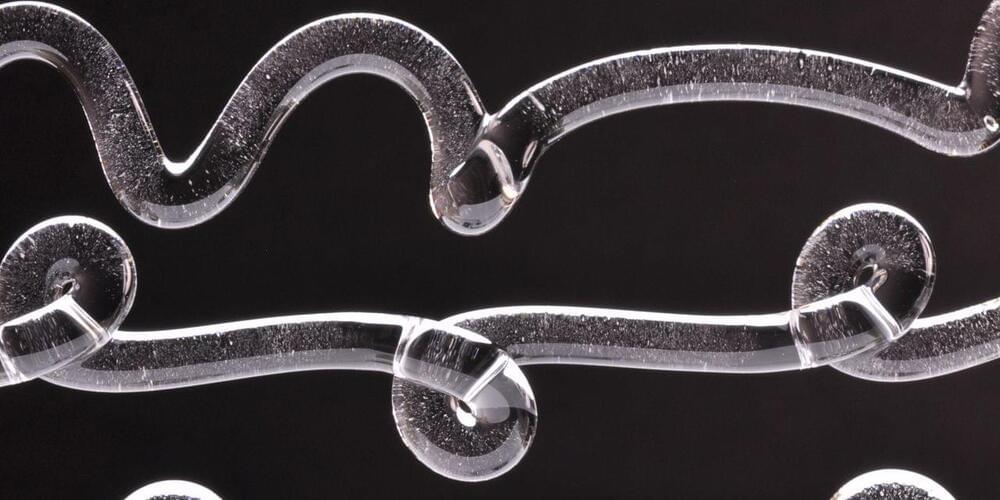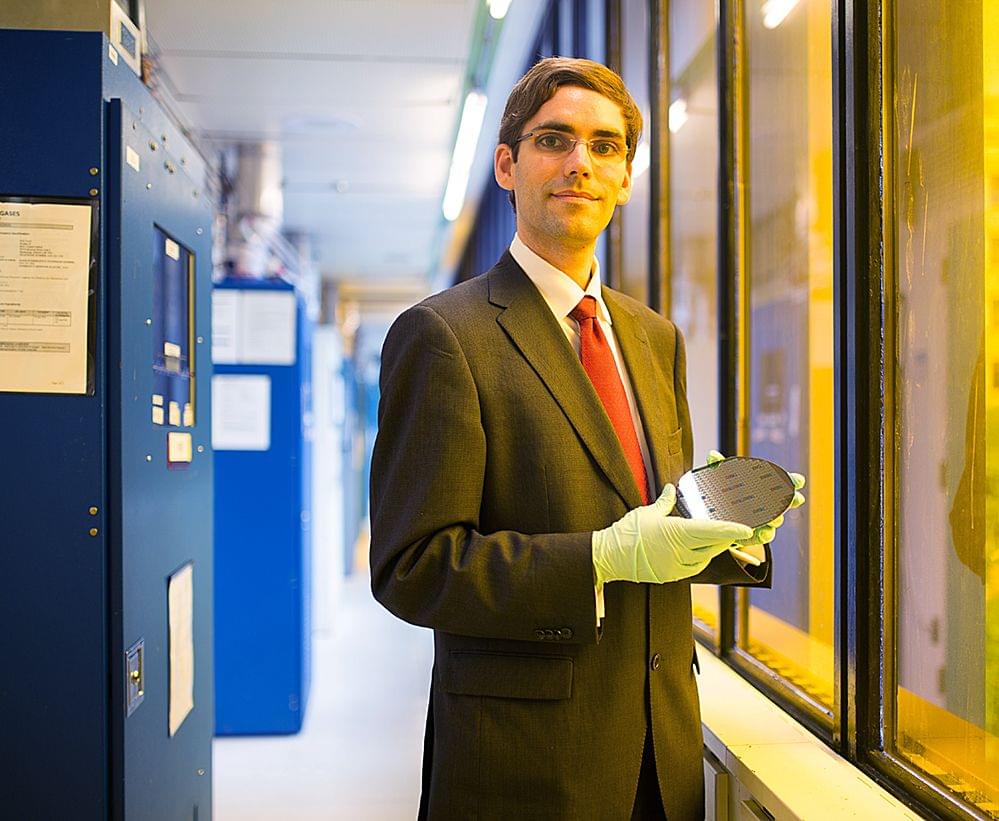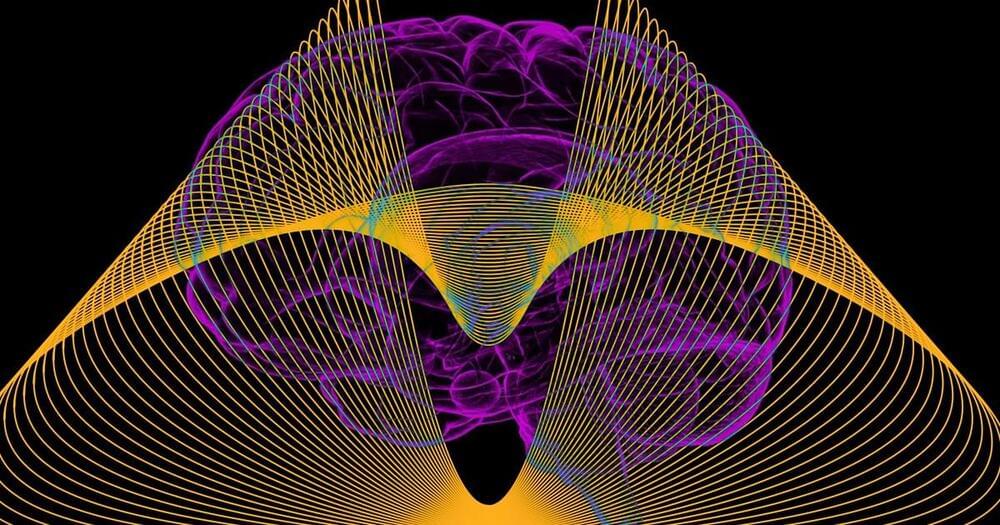After a wild display of lights, music and futuristic technology, Tesla (TSLA) CEO Elon Musk kicked off the grand opening of the company’s new Texas gigafactory on Thursday.
The Austin plant — Tesla’s fourth globally — will manufacture the Model Y SUV and, next year, the highly-anticipated Cybertruck.
Tesla bull Kevin Paffrath predicts this is only the beginning electric-vehicle maker.
